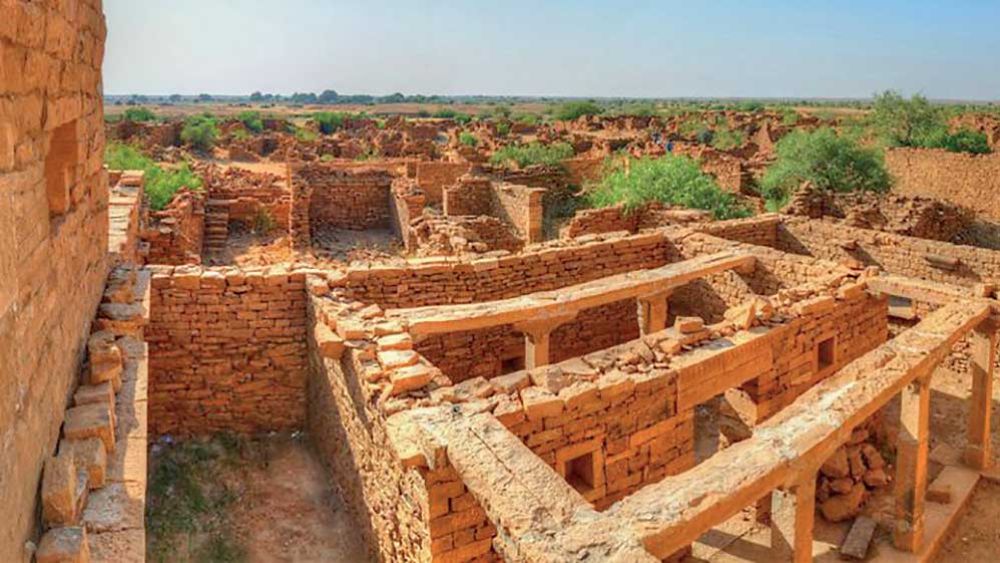

Kuldhara Village, located near Jaisalmer in Rajasthan, India, has become an intriguing site for tourists around the world. Established around the 13th century, it was once a prosperous village inhabited by the Paliwal Brahmins. The village carries with it tales of mystery and desolation that continue to attract travelers seeking to explore its forsaken ruins and uncover its secrets.
The history of tourism in Kuldhara is relatively recent. For centuries, the village was merely a ruin, shrouded in legends and avoided by locals due to superstitions. It wasn't until the latter part of the 20th century that the site began to gain recognition as an area of historical significance. The Government of Rajasthan, in collaboration with the Archaeological Survey of India (ASI), took steps to preserve the village and open it to public viewing.
Since then, Kuldhara has become an important stop on the tourist trail in Rajasthan. As awareness increased, travelers began flocking to the site, drawn by the stories of its sudden abandonment and the curse believed to be laid upon it.
The most famous legend around Kuldhara relates to its sudden desertion. As per local lore, the village was home to a community that was harassed by tax collectors and one night, they collectively decided to leave and never return, supposedly cursing the village so that no one could ever settle there again. This tale has only fueled the imagination and interest of visitors, making it a popular narrative to recount among tour guides.
Today, the preservation efforts at Kuldhara include stabilization of structures, restoration of some of the old houses, and setting up of signage to interpret the history for tourists. Kuldhara offers a glimpse into the architectural practices of the time, with remnants of homes, temples, and streets laid out in a grid pattern that visitors can wander through.
The Rajasthan Tourism Development Corporation has also been instrumental in developing the necessary infrastructure for tourism in the region. This includes roads that make the village more accessible, along with basic amenities for visitors. Special events, like cultural fairs and festivals, have also been introduced to attract more tourists.
The latest trend in tourism at Kuldhara revolves around Experiential Travel. Tourists are not just visiting the site, but they also seek to immerse themselves in its history and legends. Night tours have become especially popular, with the desolate, eerie landscape adding to the thrill of hearing ghost stories. Additionally, the increasing interest in Paranormal Tourism has put Kuldhara on the map for those wishing to explore haunted sites.
Moreover, there is a surge in Sustainable Tourism practices, with emphasis on preserving the village's delicate remains while accommodating tourists. To balance the need for economic growth with conservation, initiatives have been introduced like limiting the number of visitors during peak hours and implementing a code of conduct for tourists.